Robin Friend captures the dual nature of Britain’s countryside
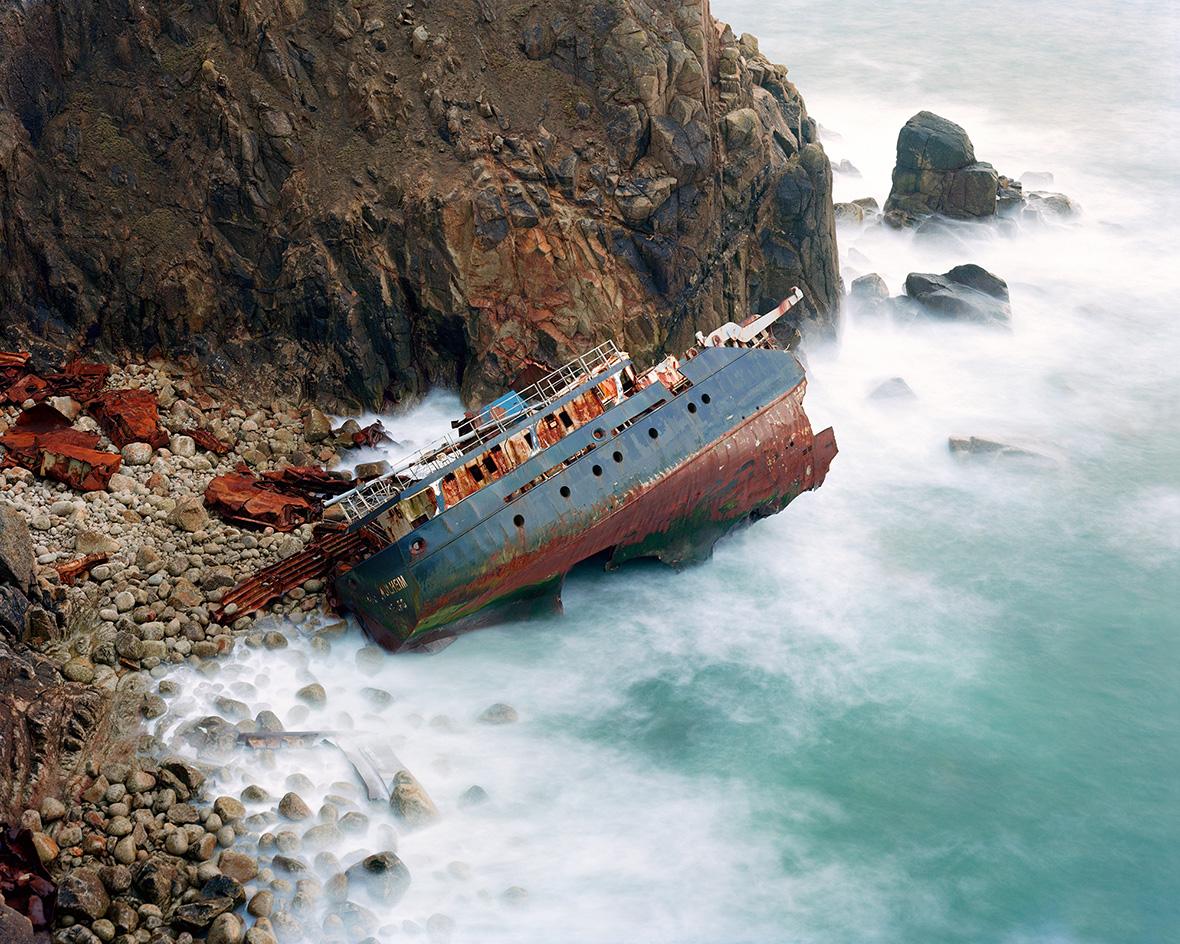
Robin Friend’s newly released book, Bastard Countryside, is the unplanned result of 15 years of photographing the British landscape. When Friend – a Wallpaper* contributor – started taking the large-format pictures that appear on the book’s pages, he was still an undergraduate at Plymouth University.
There are also photographs taken later, when he moved to London, where he completed an MA at the Royal College of Art. It was at the RCA that he met Robert MacFarlane, the British writer who has revived interest in writing about the landscape in his books and essays. Macfarlane introduced Friend to Victor Hugo’s contemplation of a ‘bastard countryside’, a place between urban and rural, and has contributed an essay to the book.
Bastard Countryside looks outwards at a changing landscape, but it is also a personal documentation, of a person maturing as an artist and as a man, and in his vision of the world through his camera. For Friend, who was born in London but grew up in Australia before moving back, this dual perspective also reveals itself in an insider-outsider view, the imprint of culture on nature. Friend treats Britain’s creeks and canals, flora and fauna, industrial sites and scrap yards, with the equal curiosity and distance of a foreign eye.
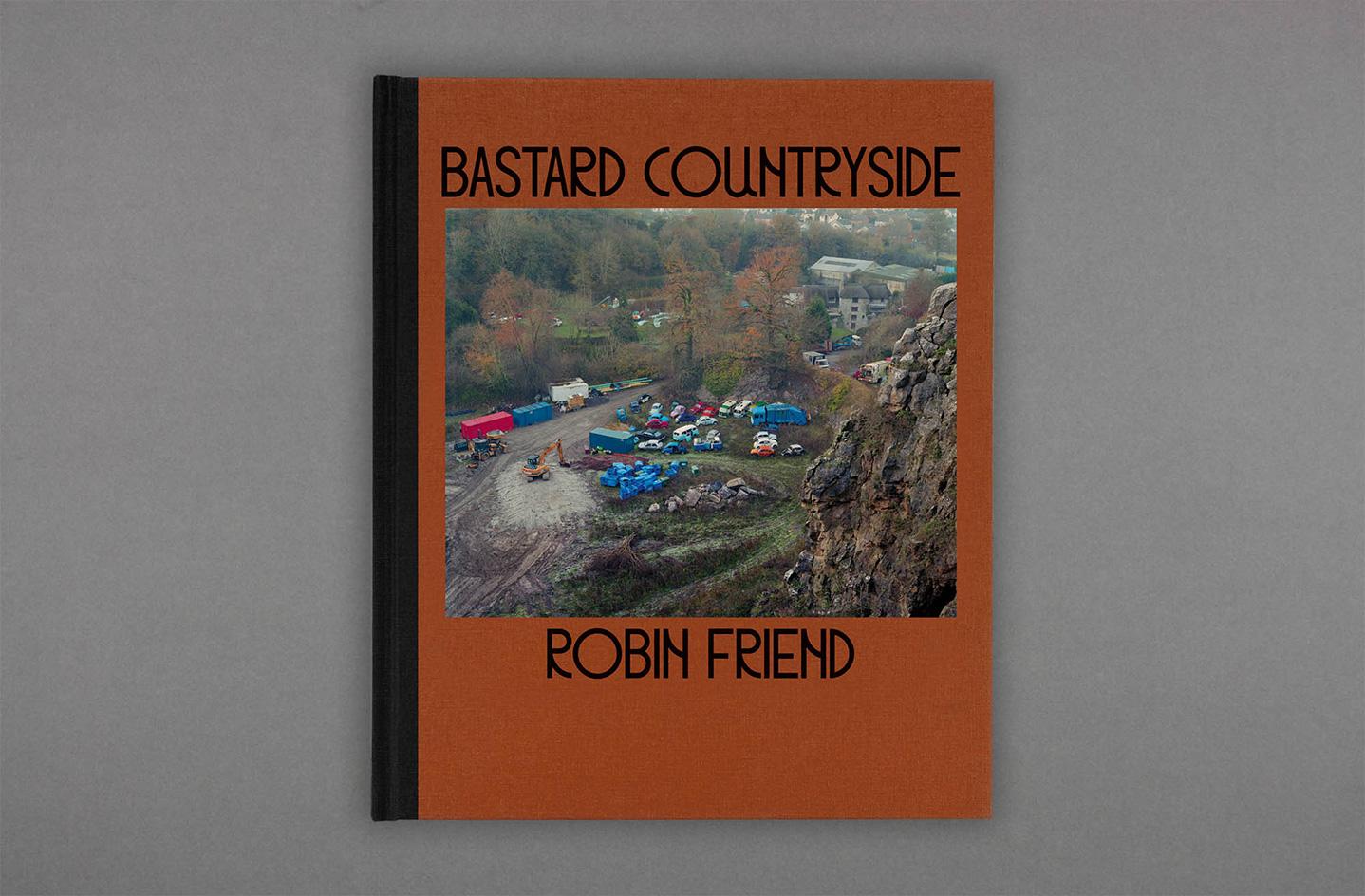
There are dramatic, monumental scenes – a shipwreck, a beached whale – that touch on themes of death and human destruction. Other images surprise with unexpected beauty: piles of scrap waste suddenly look like magnificent sculptures. There are juxtapositions that provoke laughter, such as his snapshots of scarecrows. Friend’s understanding of colour and light brings a surreal kind of magic: his pictures of satellite dishes rusting in fields of lavender, or pinkish bales of hay piled high, look exotic to a native.
Like a long line of landscape painters who have sat out in the teeth of the weather, Friend, with his cumbersome large-format camera, has abseiled and climbed (and even slept on shipwreck) to take his photographs. Some are carefully coordinated shoots while others are spontaneous sightings. This physical engagement with the landscape is as much part of the work: we look at it from different angles, above, below, up-close and from afar.
Juxtaposing the natural and the manmade, pollution and its victims, wreckage and renewal, Bastard Countryside constitutes ‘an archive of a country’s margins during an era of austerity and marginalisation’, as MacFarlane writes in his essay. This is not a depiction of pastoral perfection but an ode to a tangled, snuggle-toothed terrain whose charm isn’t obvious but has been overlooked.
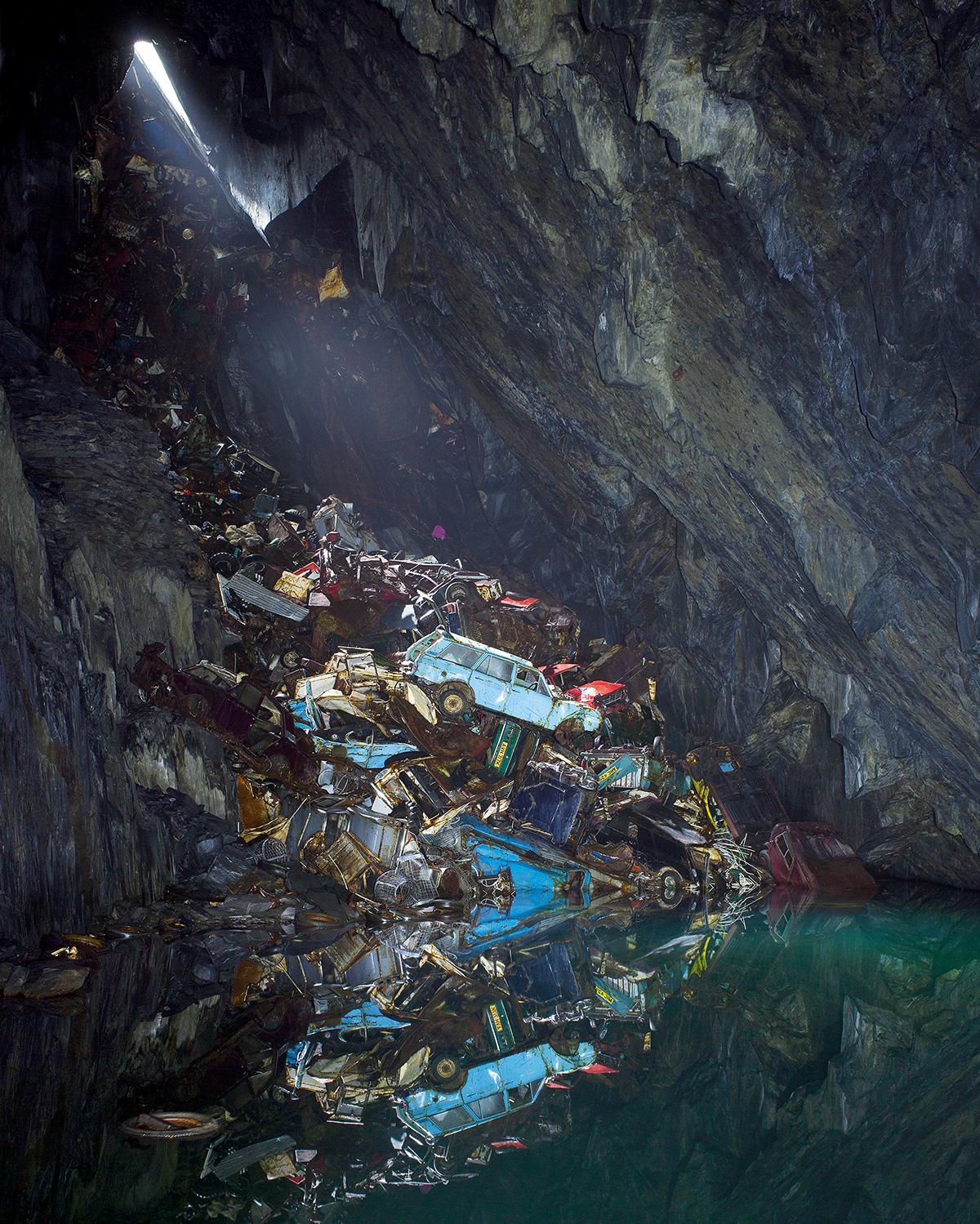
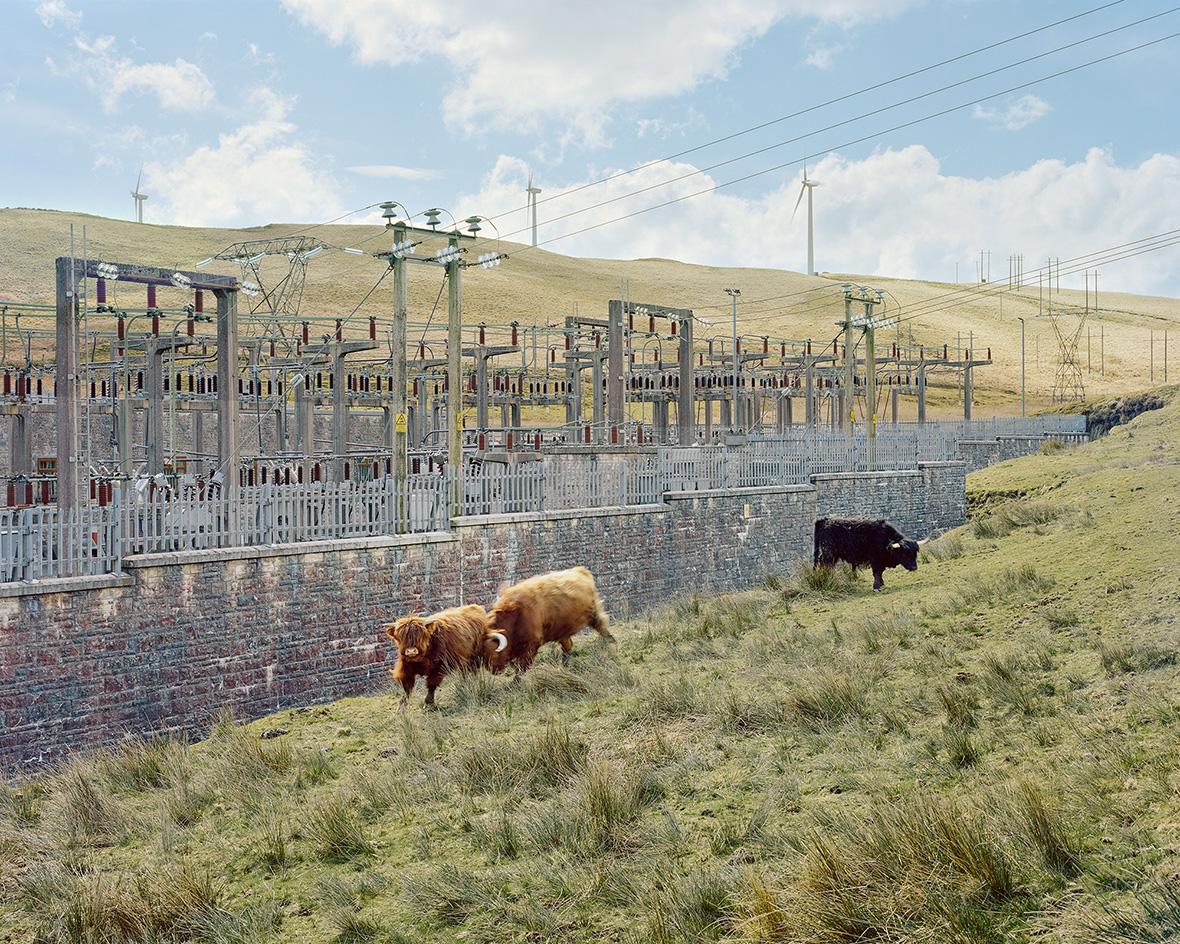
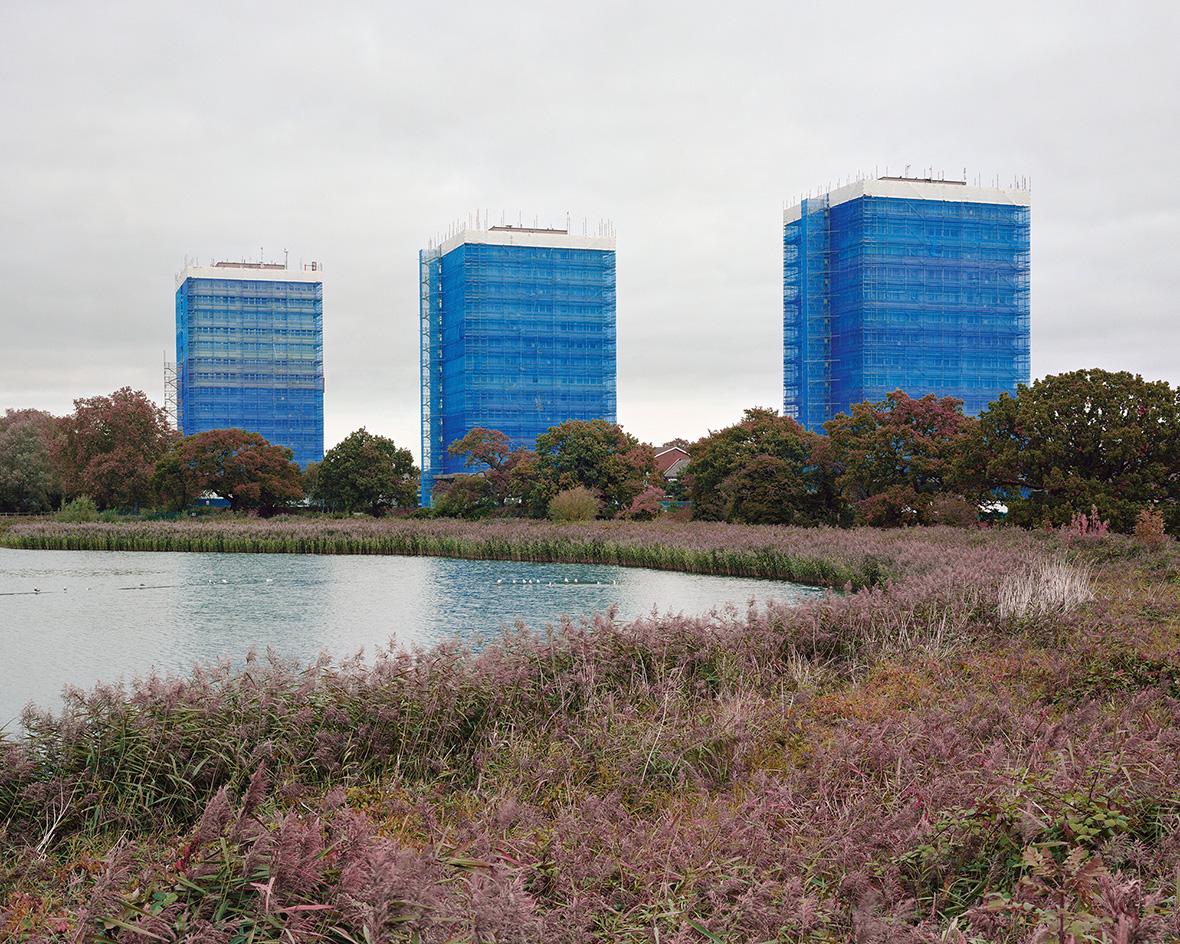
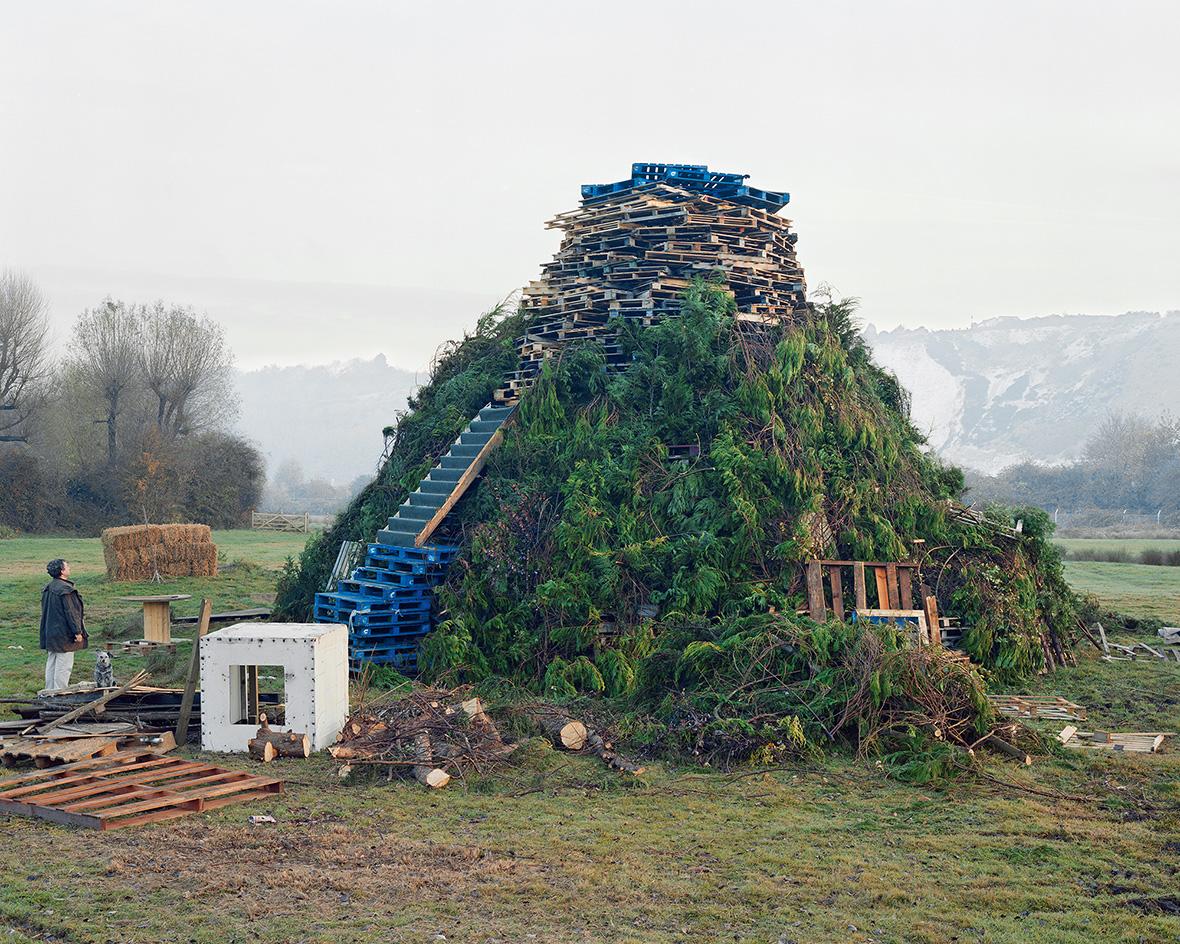
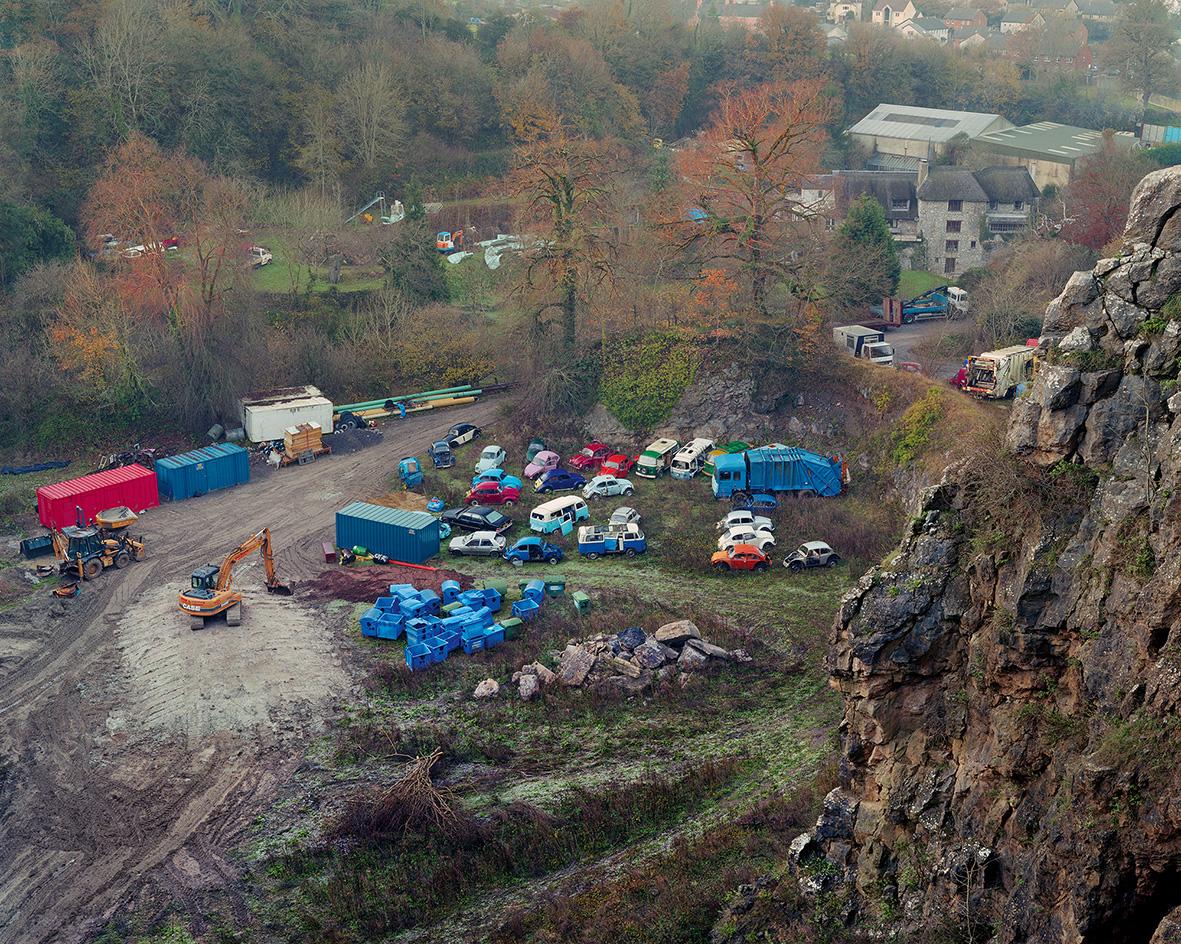
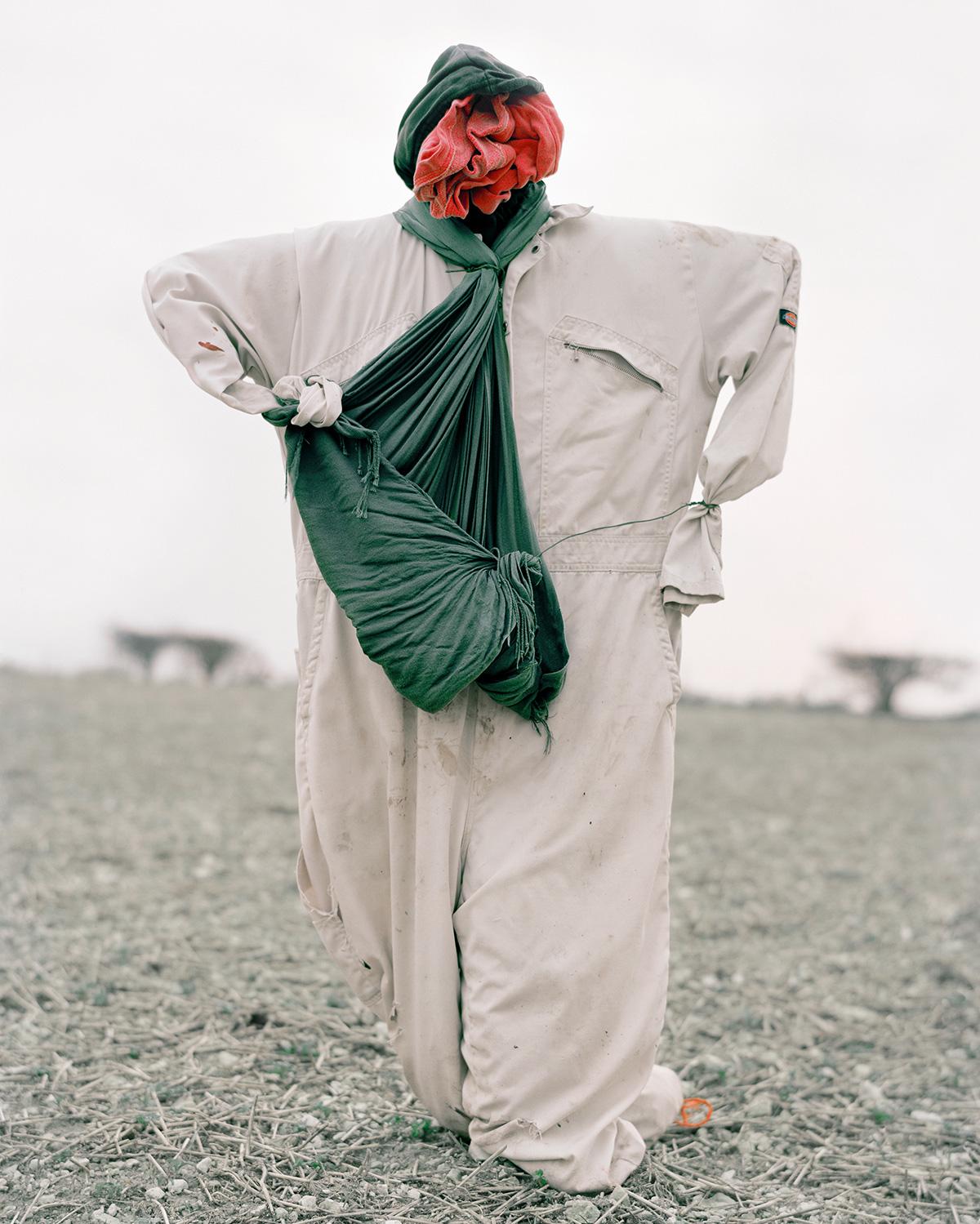
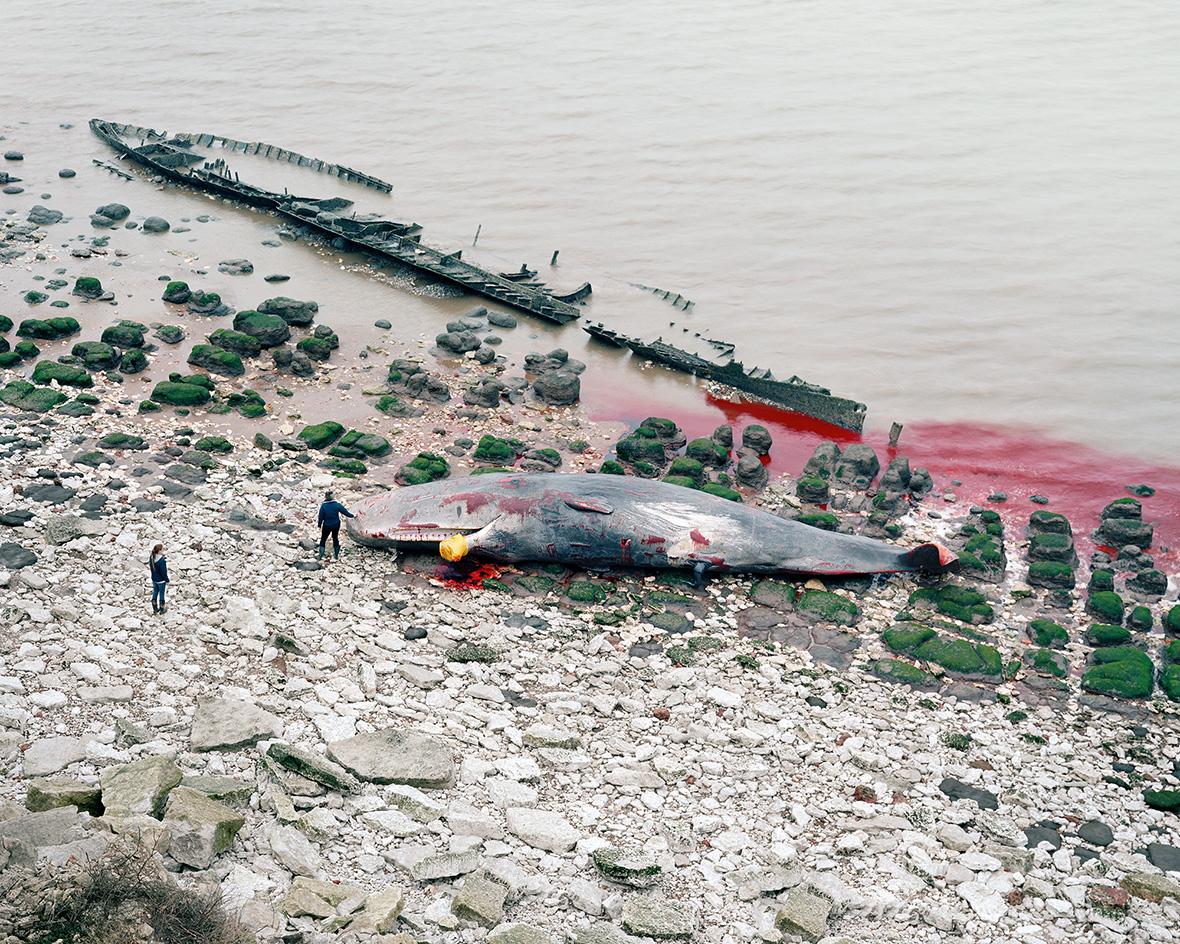
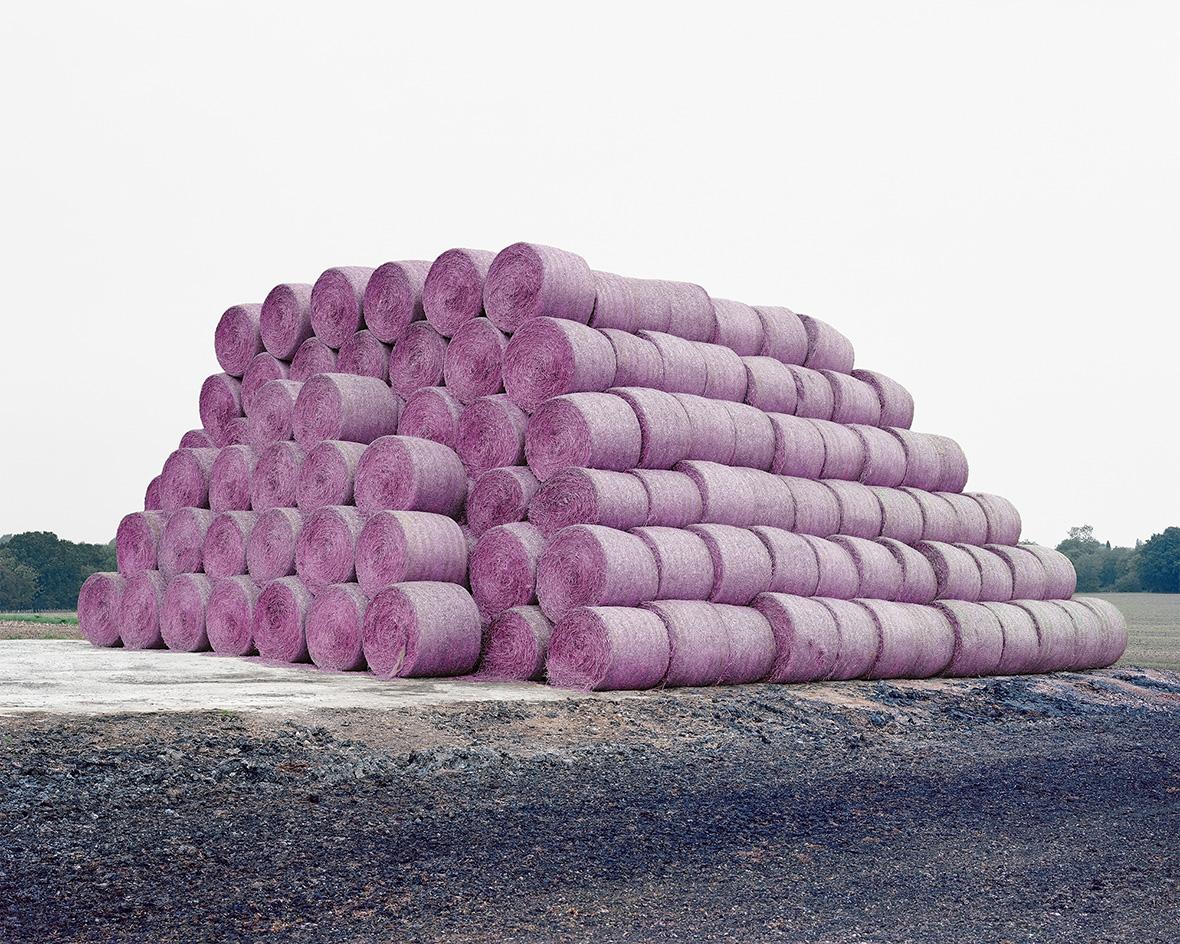
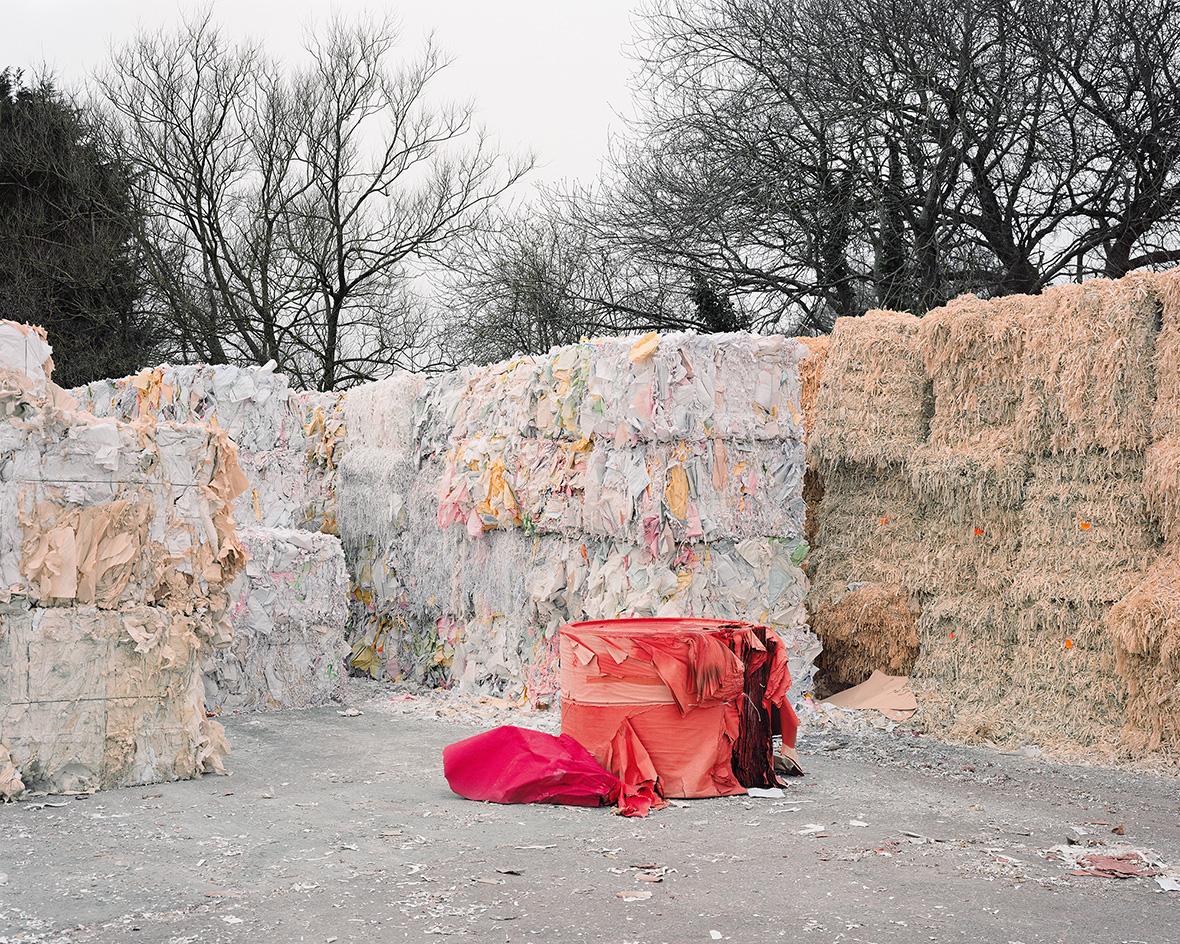
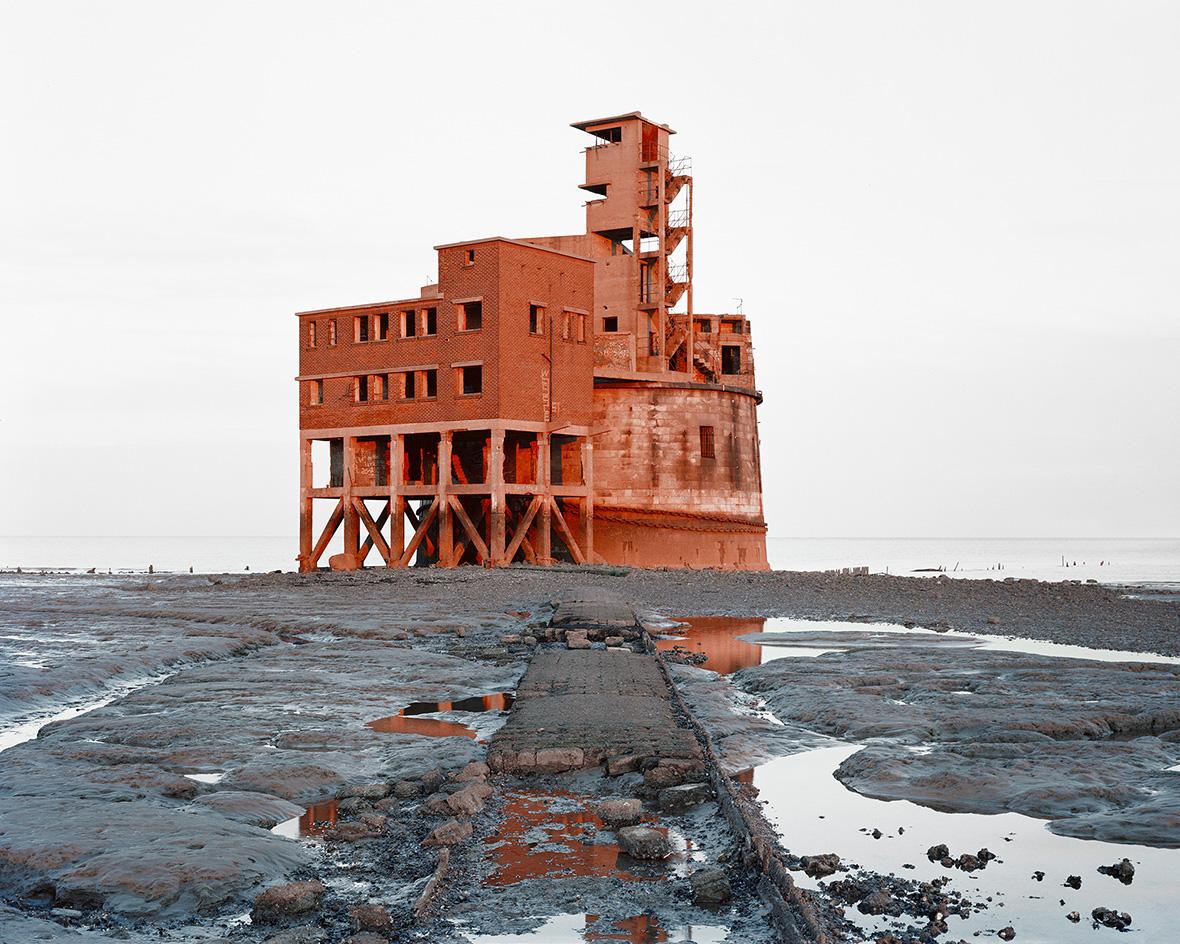
INFORMATION
Bastard Countryside, £40, published by Loose Joints. The book launches at Donlon Books in East London on 6 December, from 6.30-8.30pm. For more information, visit Robin Friend’s website
Wallpaper* Newsletter
Receive our daily digest of inspiration, escapism and design stories from around the world direct to your inbox.
Charlotte Jansen is a journalist and the author of two books on photography, Girl on Girl (2017) and Photography Now (2021). She is commissioning editor at Elephant magazine and has written on contemporary art and culture for The Guardian, the Financial Times, ELLE, the British Journal of Photography, Frieze and Artsy. Jansen is also presenter of Dior Talks podcast series, The Female Gaze.
-
 Tour the best contemporary tea houses around the world
Tour the best contemporary tea houses around the worldCelebrate the world’s most unique tea houses, from Melbourne to Stockholm, with a new book by Wallpaper’s Léa Teuscher
By Léa Teuscher
-
 ‘Humour is foundational’: artist Ella Kruglyanskaya on painting as a ‘highly questionable’ pursuit
‘Humour is foundational’: artist Ella Kruglyanskaya on painting as a ‘highly questionable’ pursuitElla Kruglyanskaya’s exhibition, ‘Shadows’ at Thomas Dane Gallery, is the first in a series of three this year, with openings in Basel and New York to follow
By Hannah Silver
-
 Australian bathhouse ‘About Time’ bridges softness and brutalism
Australian bathhouse ‘About Time’ bridges softness and brutalism‘About Time’, an Australian bathhouse designed by Goss Studio, balances brutalist architecture and the softness of natural patina in a Japanese-inspired wellness hub
By Ellie Stathaki
-
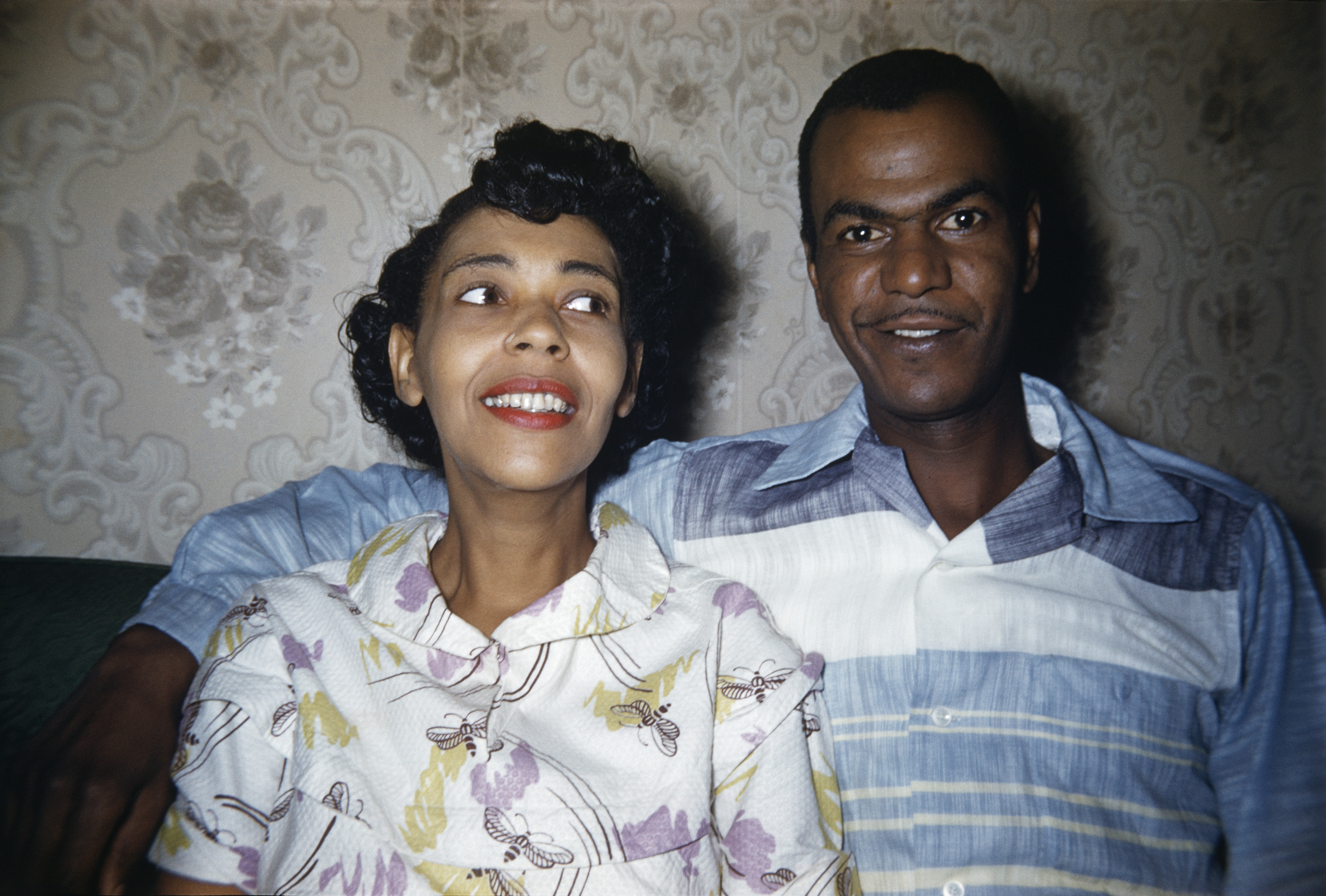 ‘Dressed to Impress’ captures the vivid world of everyday fashion in the 1950s and 1960s
‘Dressed to Impress’ captures the vivid world of everyday fashion in the 1950s and 1960sA new photography book from The Anonymous Project showcases its subjects when they’re dressed for best, posing for events and celebrations unknown
By Jonathan Bell
-
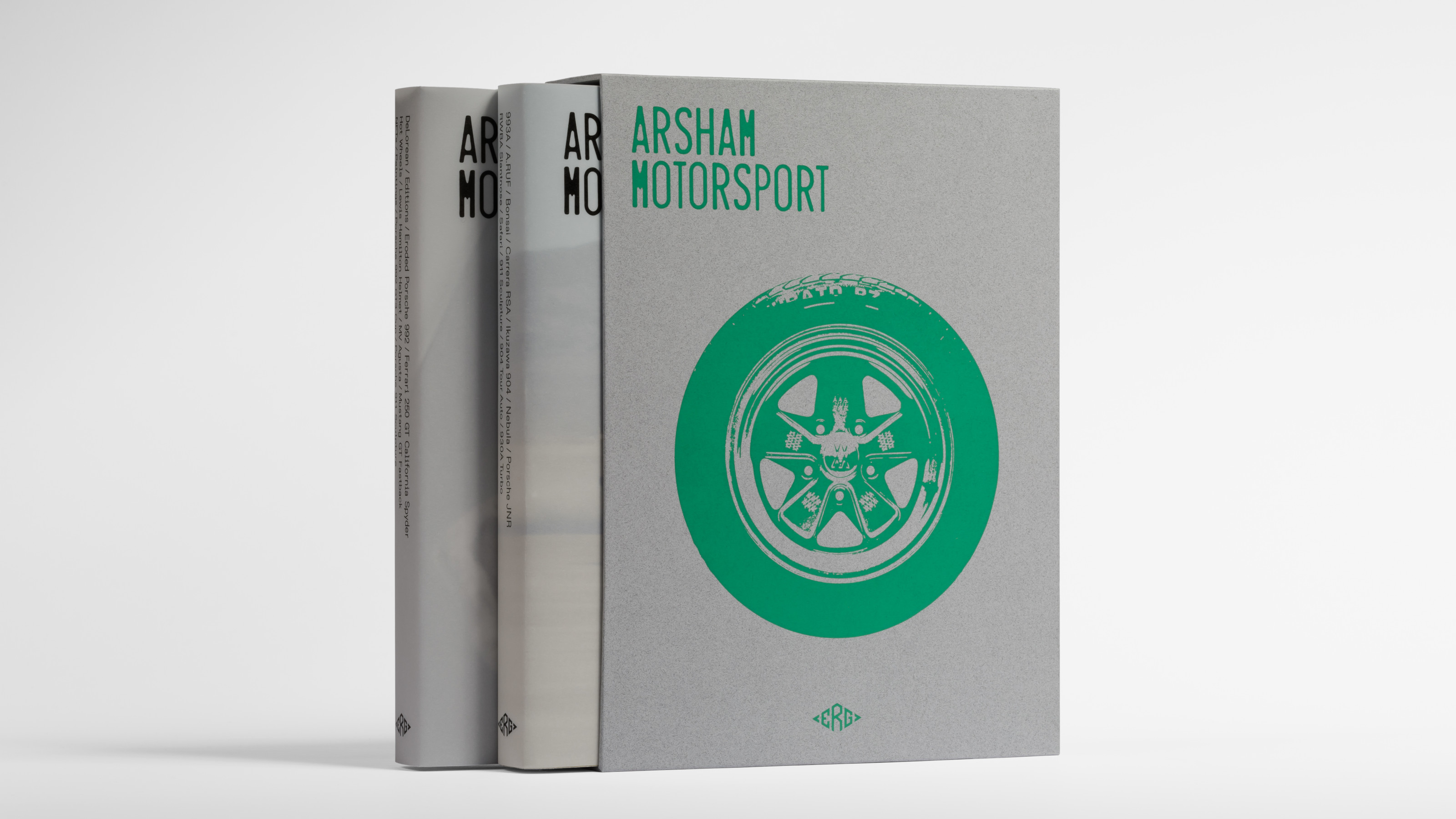 Daniel Arsham’s new monograph collates the works of the auto-obsessed American artist
Daniel Arsham’s new monograph collates the works of the auto-obsessed American artist‘Arsham Motorsport’ is two volumes of inspiration, process and work, charting artist Daniel Arsham’s oeuvre inspired by the icons and forms of the automotive industry
By Jonathan Bell
-
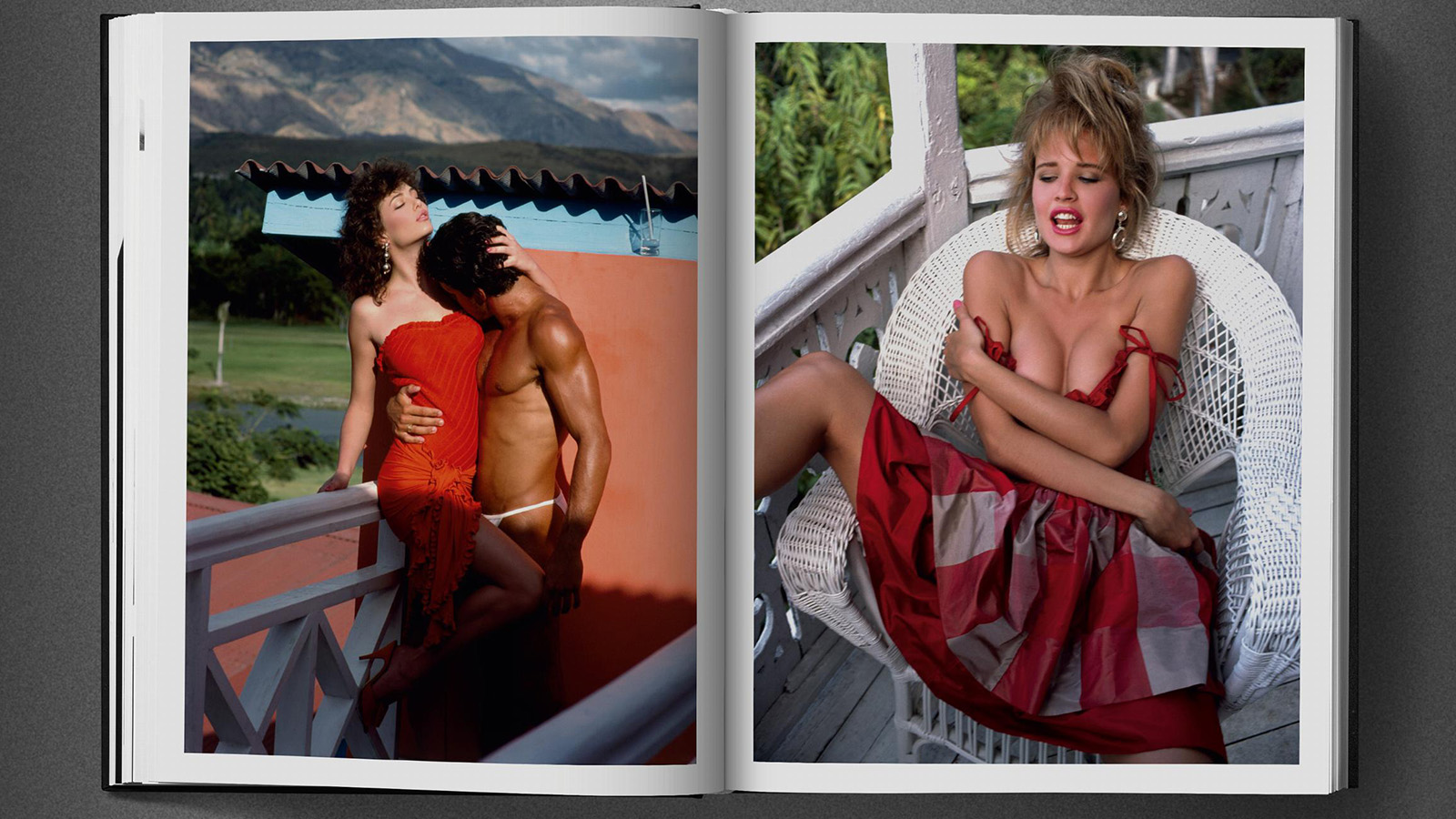 Era-defining photographer David Bailey guides us through the 1980s in a new tome not short of shoulder pads and lycra
Era-defining photographer David Bailey guides us through the 1980s in a new tome not short of shoulder pads and lycraFrom Yves Saint Laurent to Princess Diana, London photographer David Bailey dives into his 1980s archive in a new book by Taschen
By Tianna Williams
-
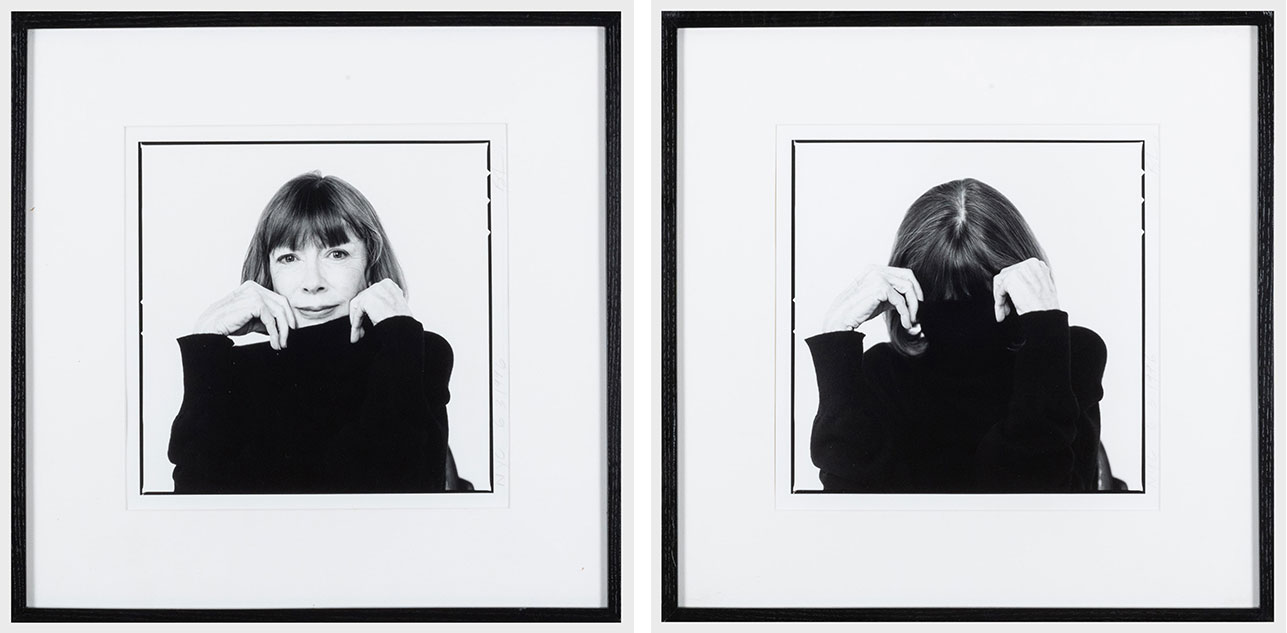 Inside Joan Didion’s unseen diary of personal relationships and post-therapy notes
Inside Joan Didion’s unseen diary of personal relationships and post-therapy notesA newly discovered diary by Joan Didion is soon to be published. Titled 'Notes to John', the journal documents her relationship with her daughter, husband, alcoholism, and depression
By Tianna Williams
-
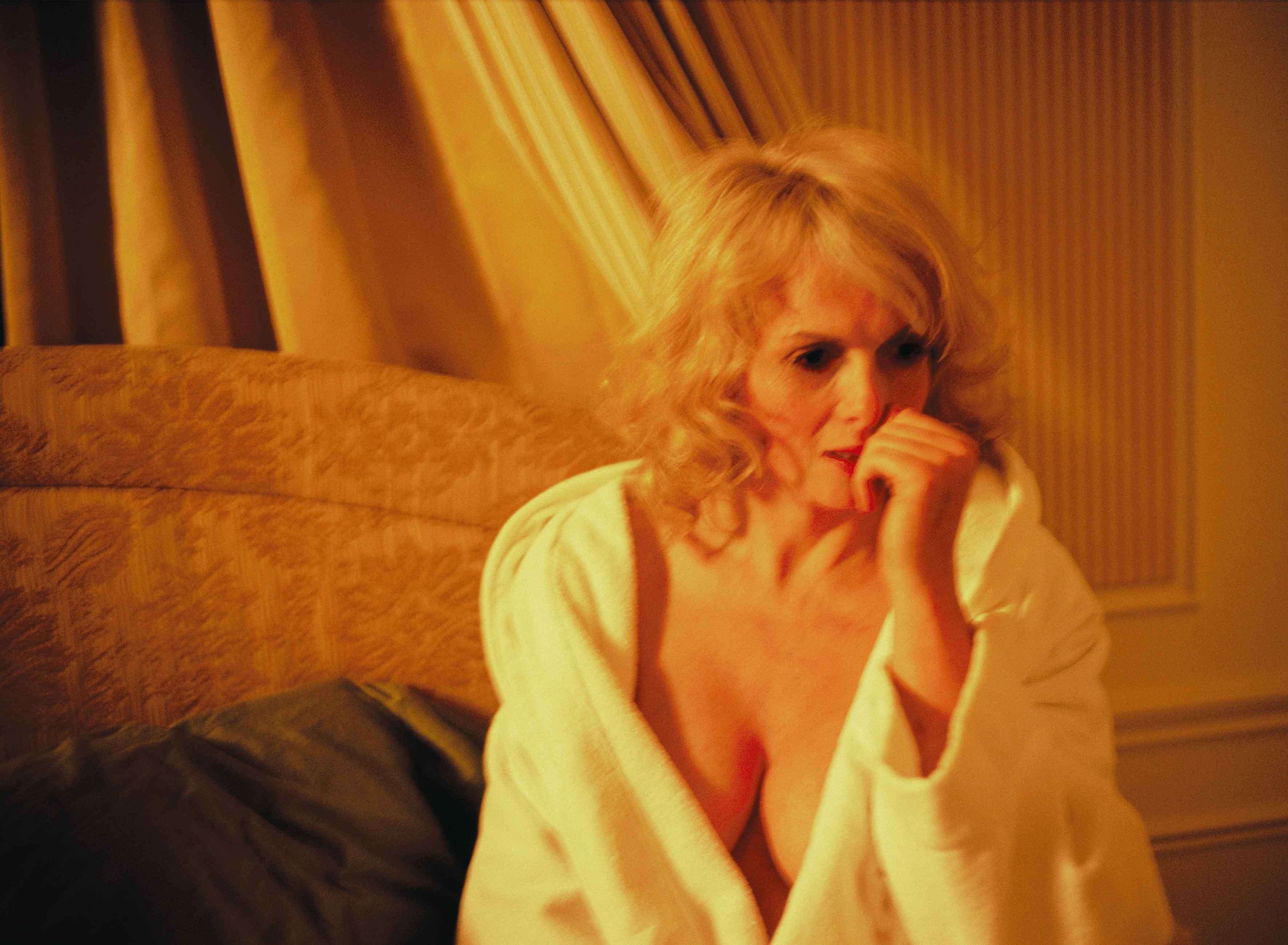 Carsten Höller’s new Book of Games: 336 playful pastimes for the bold and the bored
Carsten Höller’s new Book of Games: 336 playful pastimes for the bold and the boredArtist Carsten Höller invites readers to step out of their comfort zone with a series of subversive games
By Anne Soward
-
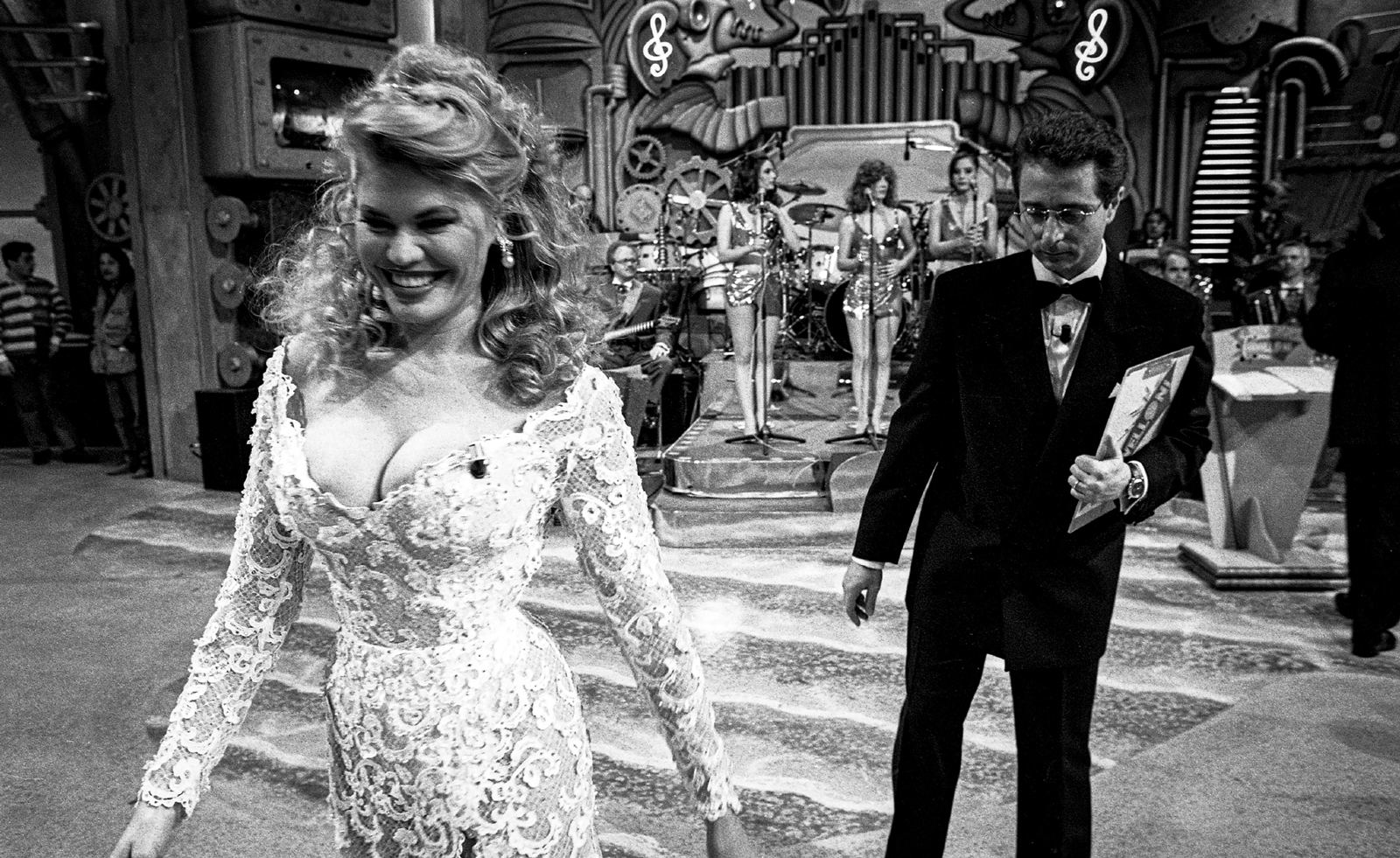 Distracting decadence: how Silvio Berlusconi’s legacy shaped Italian TV
Distracting decadence: how Silvio Berlusconi’s legacy shaped Italian TVStefano De Luigi's monograph Televisiva examines how Berlusconi’s empire reshaped Italian TV, and subsequently infiltrated the premiership
By Zoe Whitfield
-
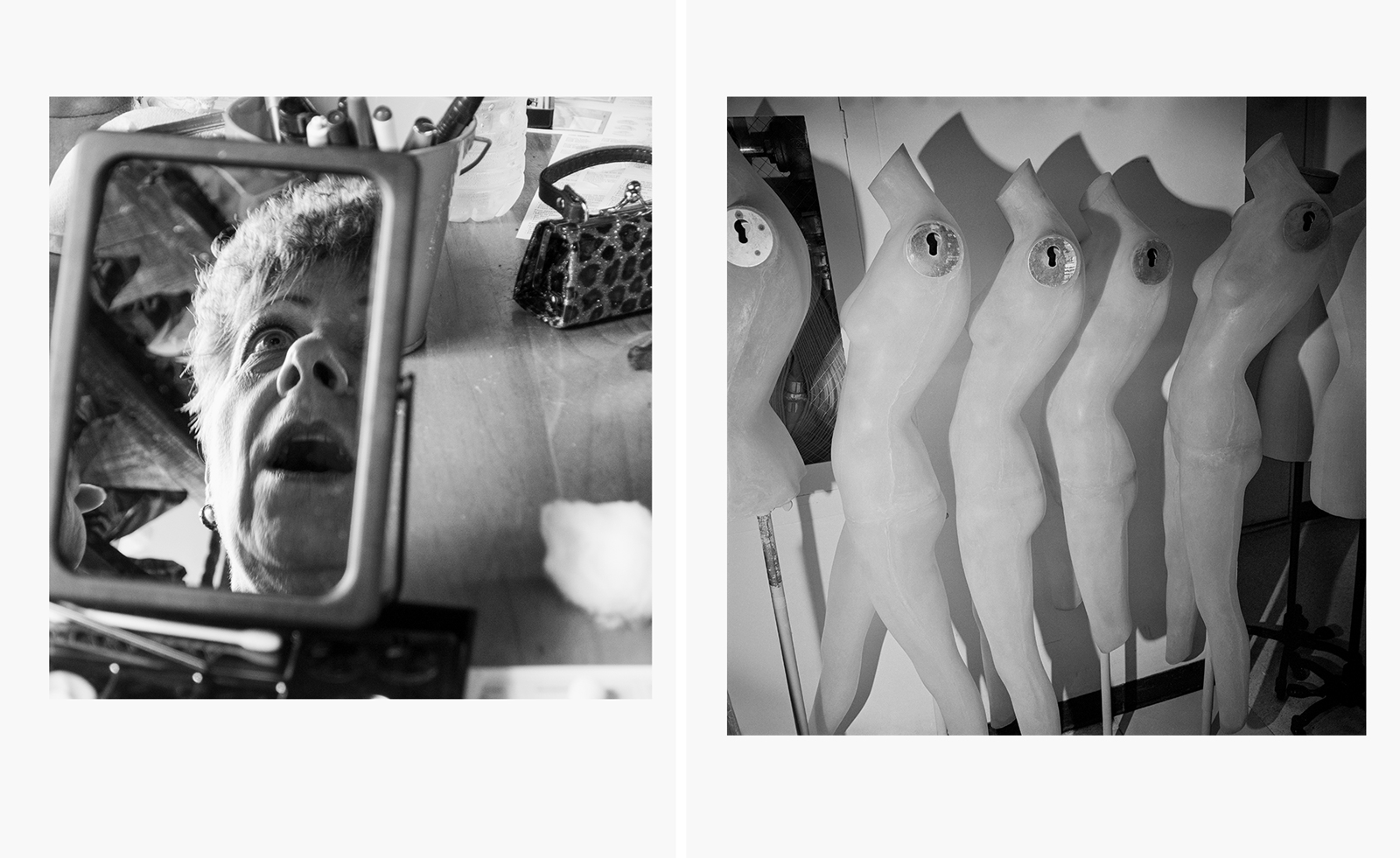 How a sprawling new book honours the legacy of cult photographer Larry Fink
How a sprawling new book honours the legacy of cult photographer Larry Fink‘Larry Fink: Hands On / A Passionate Life of Looking’ pays homage to an American master. ‘He had this ability to connect,’ says publisher Daniel Power
By Jordan Bassett
-
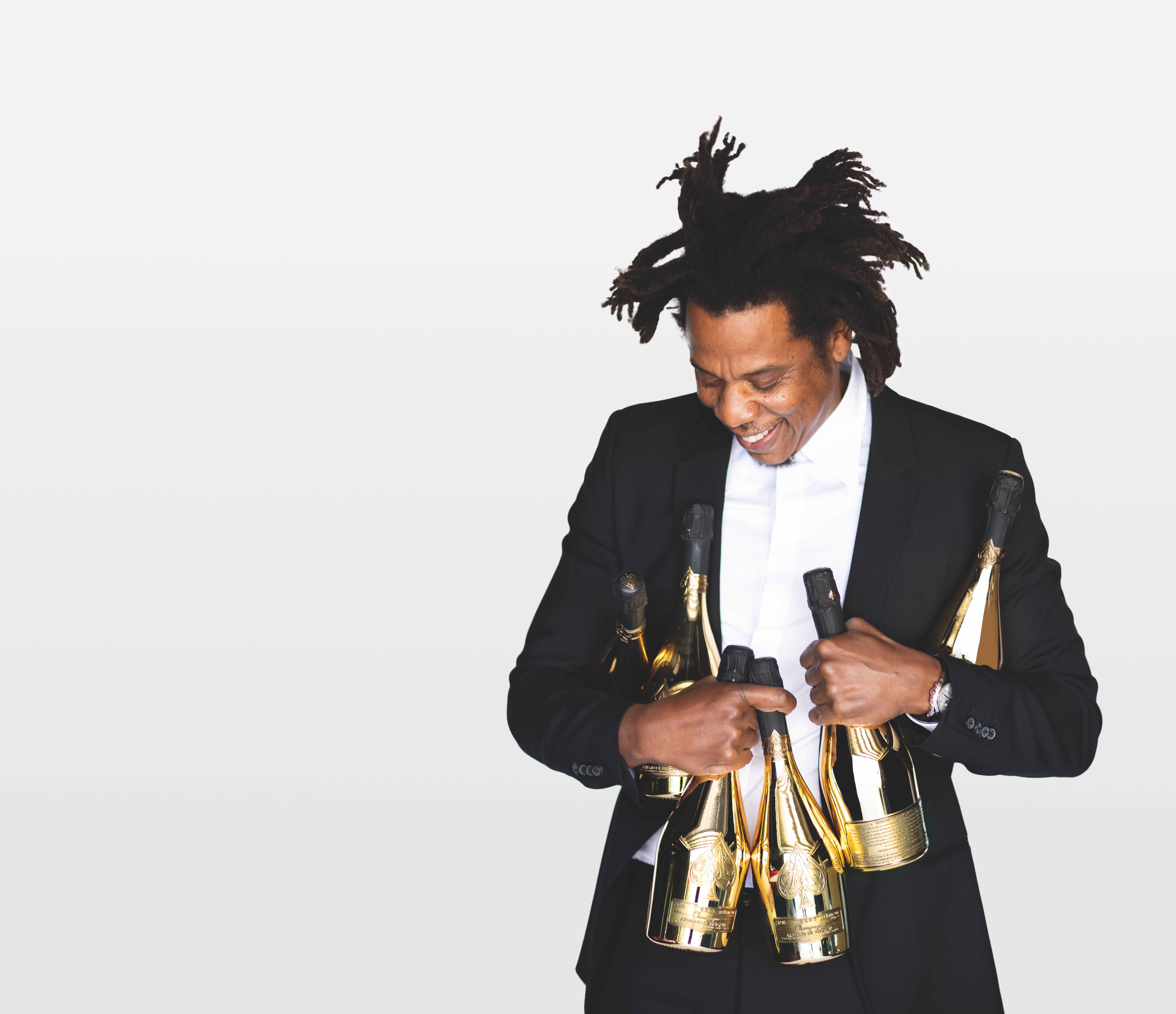 New Jay-Z coffee-table book dives into the Brooklyn rapper's archives
New Jay-Z coffee-table book dives into the Brooklyn rapper's archives'Book of HOV: A Tribute to Jay-Z' is a hefty tome for a hefty talent
By Craig McLean